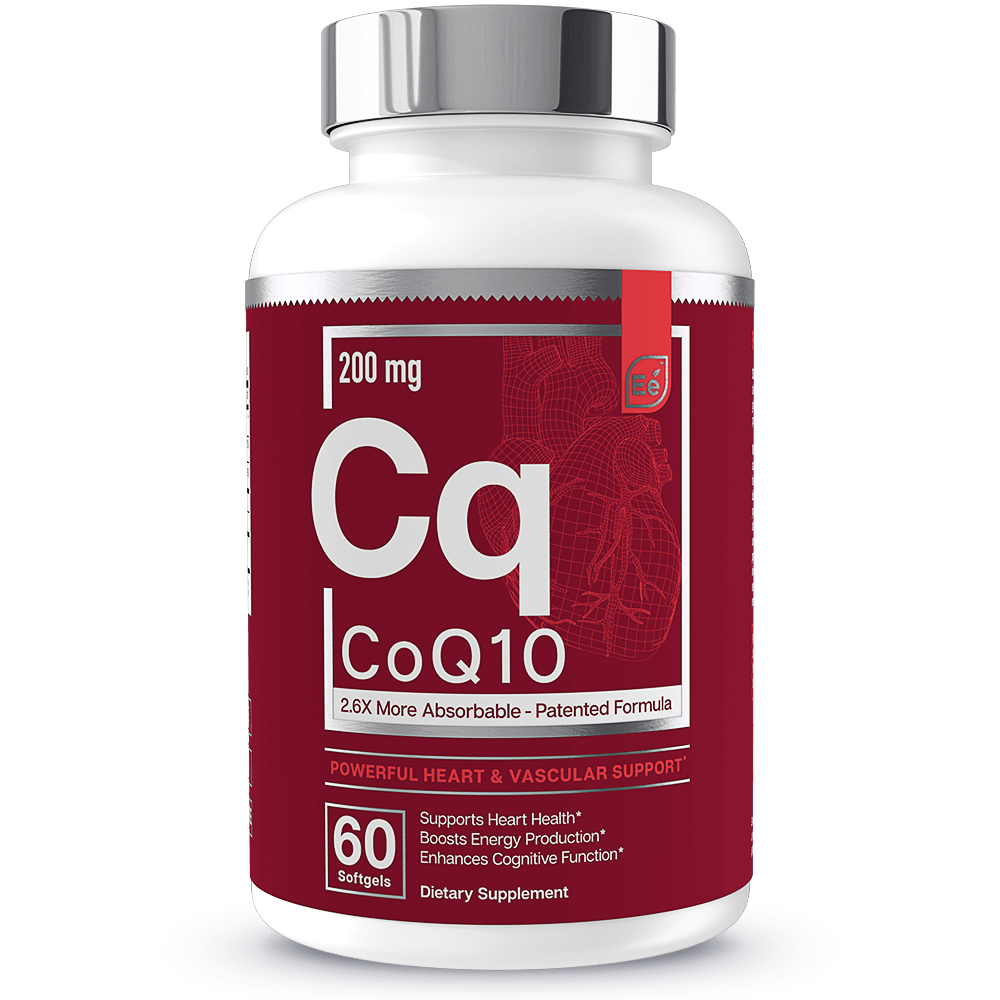An Easy Guide to Scar Tissue: What It's Made of and How to Care for It
6 minute read
Scars are a part of life. They remind us of things we have been through. Whether it was a surgery or an injury, scars mark places where change occurred—no matter how big or small they are, they are important.
Scars are also signs of healing. But while you may have moved on, the scar tissue left behind continues to impact your body. Understanding its purpose and how it functions can help you improve your ability to reduce scar tissue pain and more.
The Story Behind Scar Tissue
After a trauma, scars can form and affect your skin, muscles, tendons, and ligaments. They are adhesions on the tissue where the injury occurred.
After a trauma, the body begins to repair itself and new collagen fibers are produced to replace any tissue that was damaged. This new group of proteins (collagen) is a scar, but the fibers are now very different from the original ones they replaced and no longer function in the same way.
The new collagen fibers now align themselves in random and mismatched patterns instead of forming an interlocked line like the original fibers. This new formation causes the scar tissue to be of an inferior structure (which is why it looks and feels different) and of inferior functionality.

Scar tissue has reduced flexibility compared with the original tissue, and sensory feedback in this area becomes disrupted.
Your fascia is the connective tissue that surrounds every muscle, organ, and nerve in your body. The fibers of your fascia are situated in web-like structures which allow them to withstand pressure from all angles.
This structure also allows the fascia to move smoothly whenever muscles relax and contract. The formation of scar tissue disrupts this structure, thus causing interference in the smooth movements.
Your fascia is responsible for transmitting force through the body so that it is dissipated over a larger area. When scar tissue forms, this is disrupted, which means any force applied will impact a single spot along the chain of movement.
Because of this, fascia tends to bind to the areas around the scar tissue, creating a pull of tension towards the scar itself. With this comes reduced flexibility and eventually reduced movement.

If scar tissue is left untreated and is not properly cared for, you will begin to notice disruption to the affected area. As the scar tissue reduces flexibility, skin gets pulled tighter and potentially become painful. It also restricts overall movement and blood flow in that part of your body.
Scar tissue can also cause inflammation. Because the fascia is not moving as smoothly as it once did, the friction and stress can trigger inflammatory responses in some individuals. This will only serve to make pain and discomfort worse.
In addition to this, the inflammation can spread and cause damage to otherwise healthy areas of your body. Following an anti-inflammatory lifestyle and diet can reduce this risk. By treating your scar and working to heal it, this risk will also diminish.
How to Treat and Care for Scar Tissue
The good news is that you can correct this and increase flexibility and movement in an area where scar tissue has formed. The scar tissue needs to be broken down so it can realign differently and allow for more flexibility and function.
To do this, you need to massage the scar towards the heart for at least five minutes. Use moderate pressure on both sides of the scar and stretch the skin around it in all directions. The best time to do this is after a hot bath, when blood flow will be increased and the skin is softer.

Essential oils can also help when it comes to massaging your scar. Castor oil in particular is proven to effectively reduce scar fascia tension and leads to softer and more flexibly skin in scarred areas.
If you prefer to have a more pleasant-smelling massage, then oils such as lavender and frankincense are perfect. Not only can they soften scar tissue, but these oils contain additional healing compounds that promote overall skin health.
Acupuncture has also been used effectively to treat and heal scar tissue. This ancient Chinese practice uses needles to realign blood flow and restore energy through the body.
Typically where scar tissue is formed, blood movement stagnates as the tissues all pull towards the center. This disrupts blood flow, causing pain and imbalance to other parts of your body.
Acupuncture has been shown to relieve stagnation and promote healthy blood flow through the scar area.
| Related: How Physical Therapy Relieves Arthritis Pains and Other Tips |

Physical therapists may also be able to help should you have large amounts of scar tissue that are interfering with function. Through gentle stretching and skin manipulation, they can increase blood flow and flexibility in the area.
The Bottom Line
No matter how many years you have had a scar; you can still work on them to improve flexibility. Doing so will improve functionality in the area as well as your movement and wellbeing.
Scars are a part of life and a part of your history. You may not be able to get rid of them, but understanding scar tissue can help you take better care of them. The rigid tissue can cause problems as you get older, so proactive care is essential.
With proper care and treatment, your well-being is not negatively impacted.
READ NEXT >>> 15 Best Anti-Inflammatory Foods and Tips
At 1MD, our mission is to help people make smarter health choices and lead healthier lifestyles by creating industry-leading products and cutting-edge health content. Take advantage of our medically researched supplements for boosting your health by visiting our online store for a complete list of our 100% natural products. We offer family and bulk purchase discounts as well as monthly subscription options for maximum savings.
























 Health Guides
Health Guides
 Latest Research
Latest Research


